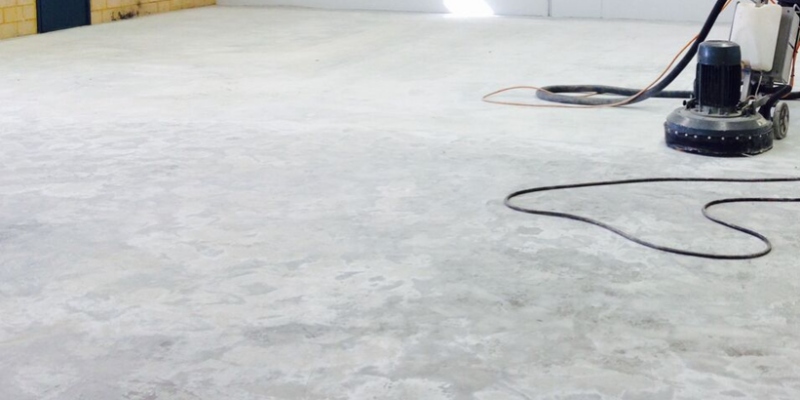Floor Grinding Techniques for Various Surfaces Materials
For a variety of materials, floor grinding is an essential step in surface preparation, restoration, and finishing. To achieve the best results, different surfaces call for different approaches. It is important to know which procedures are best for each material in order to ensure efficiency, durability and good looks.
One of the most used ground surfaces, particularly in commercial and industrial contexts, is concrete. Usually, the grinding procedure entails the use of TransGrind diamond grinding tools to smooth out surface irregularities, level the surface, and get it ready for coating or polishing. Initially, surface imperfections are removed using coarser diamond grits; smoothing and polishing are down with finer grit grinding tooling. Selecting the appropriate diamond tools for concrete requires careful consideration of both the material’s hardness and its surface condition.
Compared to concrete, marble and other natural stones, such as granite or travertine, are softer and more brittle, so handling them with extra care is necessary. It is advised to use resin-bonded diamond pads to prevent surface damage or scratches. Marble is usually ground using a lower grit pad first to remove any etching or scratches, them progressively finer grits to get a polished, smooth surface. The inherent brilliance of the stone is preserved by the frequent application of water to cool the surface and minimize dust throughout the grinding process.

The mix of marble chips with cement or epoxy to create terrazzo floor is another surface that gains a great deal from careful grinding methods. Usually, the first grinding step entails eliminating any lippage or unevenness in the tile spacing. The next steps involve honing and polishing, which call for finer diamond pads to accentuate the terrazzo surface’s sheen. Terrazzo frequently has both hard and soft components, therefore it’s important to carefully balance the speed and pressure of the grinding process to prevent over-grinding the softer components.
Although they are less common, wood floors can occasionally need to be ground in order to remove old coatings, level the surface, or get ready for finishing. Compared to stone or concrete, wood is ground in a far more sensitive manner. Diamond tools are replaced with sandpapers with different grits of abrasive particles. Coarse grits are best for removing the top layer and any defects; finer grits are used for smoothing. It’s important to work with the grain of the wood to avoid gouging or damaging the surface.
To attain the ideal results, different grinding procedures are needed for different surface materials, each of which brings unique obstacles. Successful floor grinding depends on knowing the characteristics of the material being worked with and using the right tools and techniques, whether it is concrete, terrazzo, natural stone, or wood. Using the right technique guarantees a more effective and efficient grinding operation while also improving the surface’s beauty and durability.
